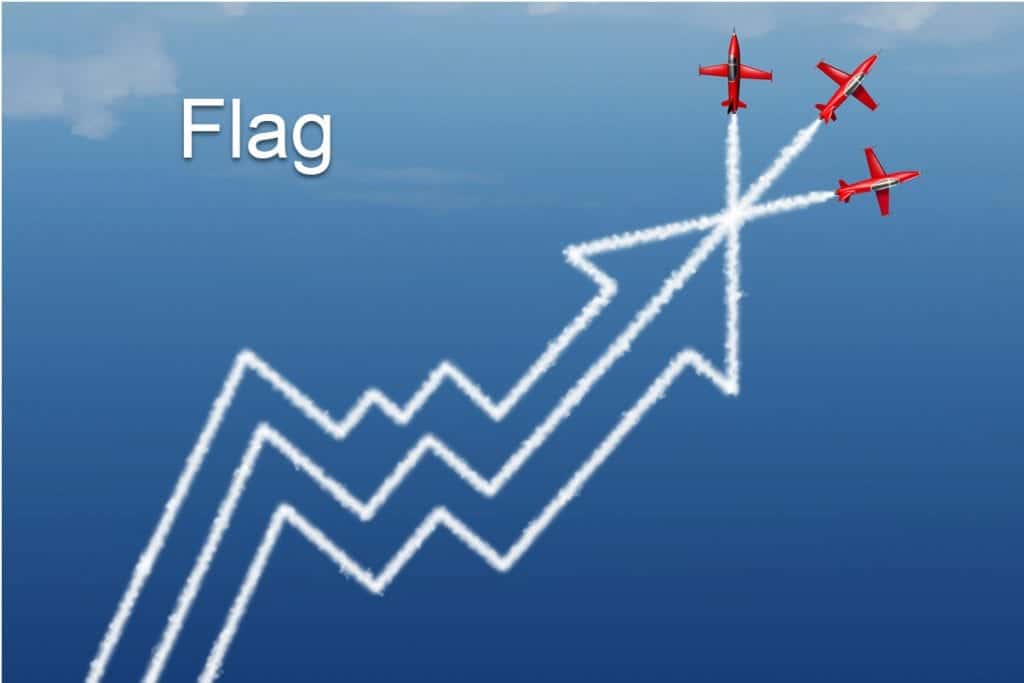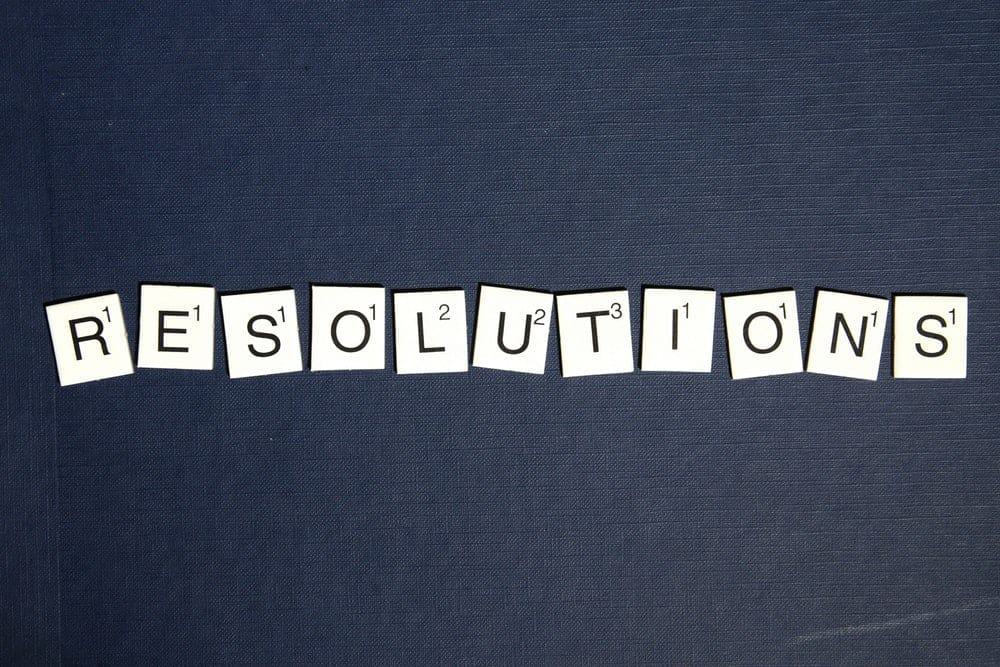
Pattern Recognition for Technical Analysis: Flag
In our series on pattern recognition, in the last article we described the triangle pattern. Another trend following set up that is less common but still a useful strategy for your trading toolbox is the continuation Flag.
Pattern: Flag
The Setup
The flag is a bullish setup like the Triangle pattern. Firstly, the trend must be up; that is, our 30 day EMA (exponential moving average) must be higher today than it was yesterday. The Flag also has 4 internal swings, which help define and differentiate the pattern from lower probability trades.
- * The first swing high must always be in the direction of the trend.
- * The second swing is a retracement against the trend.
- * Swing three retests the swing 1 high but fails to clear that high.
- * Swing four is yet another retracement against the direction of the trend but swings lower than the swing 2 low. This is where the difference between the flag and the triangle lies.
* Note: Many times a Flag and Triangle may look the same. As the entry method is identical, in theory it is of no concern if you define a Triangle as a Flag or vice versa. So long as the swing count is in place and you are trading a small compact pattern in the direction of the trend, either shape is fine.
Bullish flag:
The reverse is true for a downtrend or bearish flag:
The Entry
The entry level, like the Triangle, should be placed at the pattern breakout point, which is the trend line from points 1 to 3. In an uptrend, place a buy stop order 1 cent outside the 1 – 3 line. When prices swing higher, you will automatically be entered into the position. Alternatively in a downtrend, place the entry as a stop sell 1 cent below the 1 – 3 line.
Learn more in Building a Profitable Trading Plan Using Technical Analysis course provided to members of The Chartist within the Education section. Click here to get started
In our next article we’ll discuss Smash Bars.


